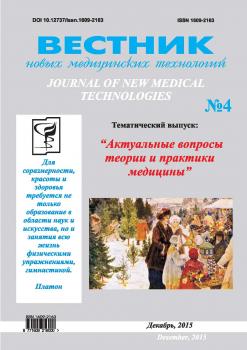The organs and tissues of the living body depending on the structure and functional states can contain from 50 to 90% of water. Water in a living organism can be in two forms: free water and structured water. Structured water forms strong links with organic molecules. Free water is movable, its quantity can vary considerably depending on the functional state of the body and determines a hydration degree of a tissues. In clinical practice, the existing technical possibilities of determining hydration degree of biological objects are li-mited and hardly used. Any conclusions about the cause of death due to swelling are not sufficiently and quantified justified. This paper is devoted to the development of a mathematical model of biotechnical scanner to determine the degree of hydration of biological tissues, based on the physic-chemical effect caused by additive volume of the system in the interaction of the sample of biological tissue with ethanol. The mathematical model demonstrated that the violations of additivity volume are observed even with the addition of small water volume to large alcohol volume. A probabilistic model was developed and shown that the effects of the exothermic reaction, mixing water and ethanol, have a strong effect on the dates of the process. But this fixing process of a biological object is extended during times, the studied system by the end of fixation will go down in the stationary regime, which will determine the degree of hydration. Registration changes of the system volume during the interaction of a biological object with ethanol allows to studying the dynamics of physical and chemical processes in the reactor of biotechnical scanner.
biotechnical scanner, hydration degree, free water, structured water.
1. Glotov V.A. Geometriya biologicheskogo tkanevogo prostranstva. Matematicheskaya morfologiya. Elektronnyy matematicheskiy i mediko-biologicheskiy zhurnal. 1997. T. 2. Vyp. 2. S. 113-143.
2. Glotov V.A. Strukturnyy analiz mikrososudistykh bifurkatsiy. (Mikrososudistyy uzel i gemodinamicheskiy faktor). Smolensk: AO «Amipress», 1995. 251 s.
3. Shabarov Yu.S. Organicheskaya khimiya. SPb.: Lan´, 2011. 848 s.





